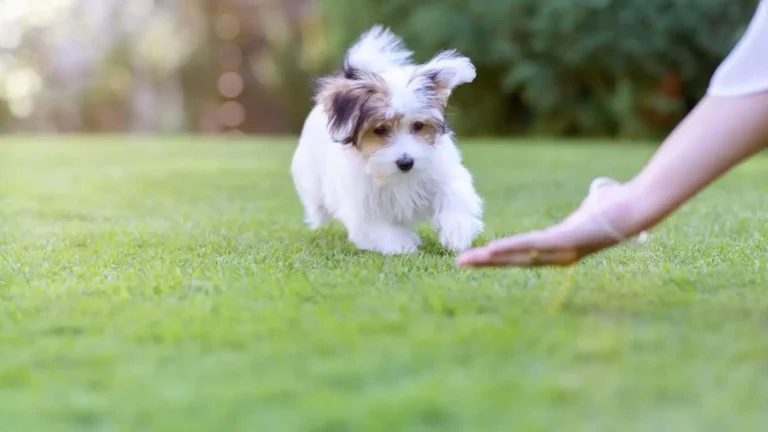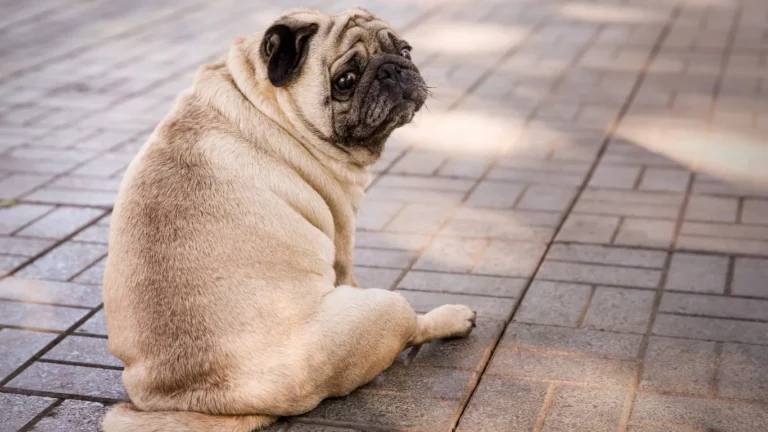Why Does My Dog Have Runny Eyes? Causes and Treatments
Have you ever noticed your pup’s eyes constantly tearing up or looking watery? If you’ve ever asked yourself, “Why does my dog have runny eyes?”, you’re not alone. As a pet nutritionist and pet care expert working in veterinary clinics, I’ve seen countless worried pet parents come in with this exact concern. While it’s normal for dogs to have some eye moisture, excessive tearing—also known as epiphora—can indicate an underlying issue. Let’s dive into what might be causing your furry friend’s watery eyes and how you can help!
Common Causes of Runny Eyes in Dogs
Before you panic, know that some dogs naturally have more eye discharge than others. However, if your dog’s eyes are excessively watery, there could be a range of reasons behind it. Here are some common culprits:
1. Allergies and Environmental Irritants
Just like humans, dogs can suffer from allergies that lead to watery eyes. Common allergens include:
- Pollen (especially during spring and fall)
- Dust and mold
- Household cleaning products or air fresheners
- Certain foods (especially grains and artificial additives)
One of my own clients had a Labrador, Max, who had constant teary eyes. After some investigating, we discovered he was reacting to a new carpet cleaner his owner was using. Once they switched to a pet-safe product, the problem vanished!
2. Eye Infections
Infections are another major reason behind runny eyes. Bacterial or viral infections can cause redness, excessive discharge, and even a foul smell. You might also notice:
- Green or yellow discharge
- Squinting or pawing at the eyes
- Swelling around the eye area
If you suspect an infection, don’t wait! A quick trip to your vet for proper antibiotics or medicated eye drops can make all the difference.
3. Blocked Tear Ducts
Dogs rely on their tear ducts to drain excess moisture. When these ducts become blocked, tears can’t flow properly, leading to constant wetness under the eyes. This is more common in breeds like:
- Shih Tzus
- Maltese
- Poodles
- Bulldogs
Veterinarians can often flush out blocked tear ducts with a simple procedure to get things back to normal.
4. Breed-Specific Eye Structure
Some dog breeds are just more prone to runny eyes due to their facial structure. Brachycephalic breeds (dogs with flat faces) often have shallow eye sockets, which can lead to excessive tearing. These include:
- Pugs
- French Bulldogs
- Pekingese
Since their eyes naturally protrude, tears tend to spill over instead of draining normally.
5. Foreign Objects or Irritants
It’s not uncommon for a tiny speck of dust, an eyelash, or even a stray hair to get lodged in your dog’s eye, causing irritation. If your dog suddenly starts squinting, rubbing their face, or blinking excessively, a foreign object might be the culprit.
One time, I treated a Golden Retriever named Daisy who had been tearing up for days. Upon examination, we found a tiny seed stuck under her eyelid. A quick flush with sterile saline, and she was good as new!
How to Treat Your Dog’s Runny Eyes at Home
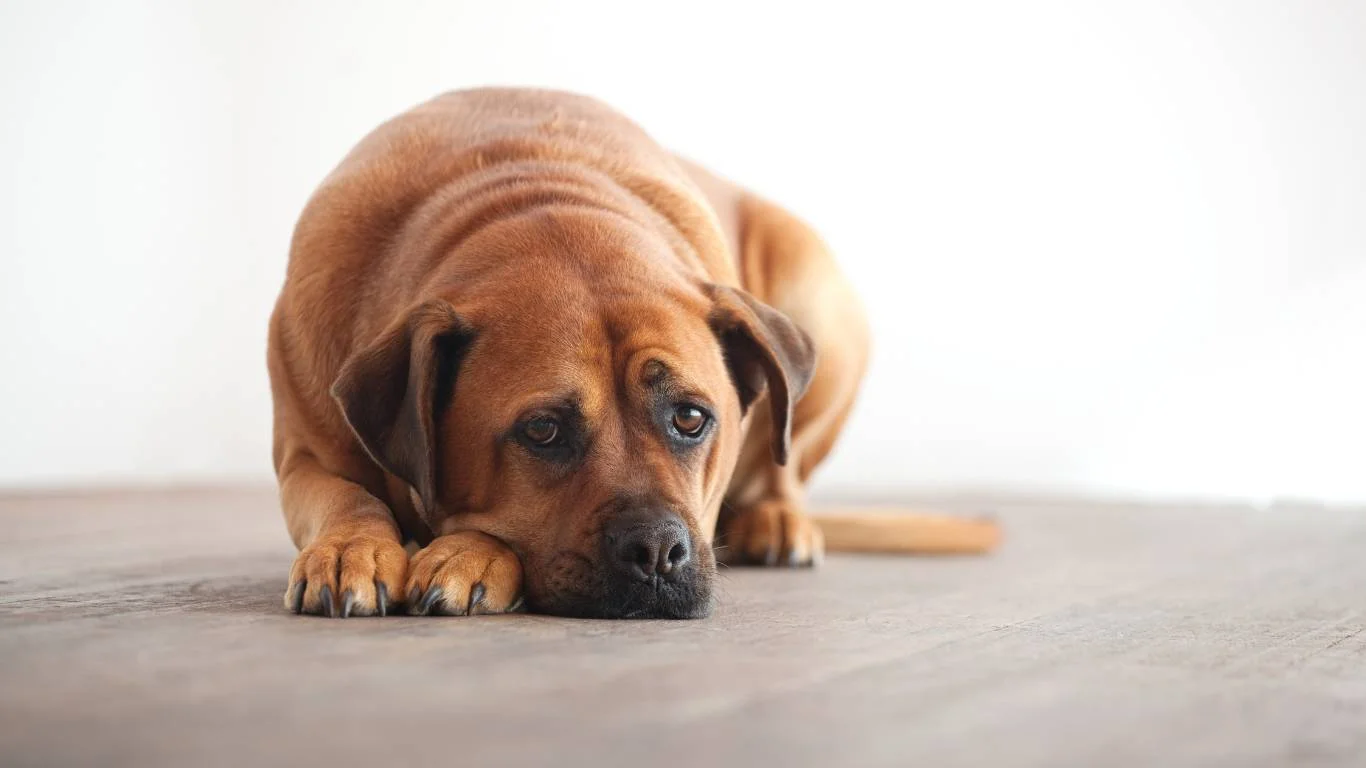
If your pup’s eyes aren’t infected and you suspect mild irritation, here are some things you can try at home:
1. Use a Gentle Eye Wash
A simple rinse with sterile saline solution (available at most pharmacies) can help clear out debris and soothe irritation.
2. Keep Their Face Clean
For dogs prone to tear stains or constant wetness, regularly wiping around their eyes with a soft, damp cloth can help prevent irritation.
3. Try Hypoallergenic Food
If allergies are a suspected cause, switching to a high-quality, grain-free or hypoallergenic diet might help reduce excessive tearing.
4. Avoid Harsh Chemicals
Reduce exposure to scented candles, strong cleaning products, or smoke, as these can trigger eye irritation in sensitive pups.
5. Monitor for Changes
If your dog’s eyes are still watery after a few days, or if symptoms worsen (such as redness, swelling, or thick discharge), it’s time to see the vet.

Understanding why your dog has runny eyes is the first step to keeping them comfortable and healthy. In the next section, we’ll discuss professional treatment options and when to seek veterinary care!
When Should You Visit the Vet for Your Dog’s Runny Eyes?
If you’ve tried at-home remedies and your dog’s eyes are still running or the problem seems to be getting worse, it may be time to visit the vet. As much as we all love to play the role of DIY pet parent, some eye conditions are better treated by professionals. After all, your dog’s eyes are pretty sensitive, and even small issues can escalate into more serious problems.
One of my favorite cases involved a Border Collie named Bella. Her owner tried cleaning her eyes for weeks, but the discharge kept returning. Bella’s eyes were red, and she started to squint a lot. When we examined her, it turned out she had a mild case of conjunctivitis (a type of eye infection). We caught it early, and with the right antibiotics, Bella was feeling better in no time.
Here are a few signs that it’s time to take your dog to the vet:
- Yellow or green discharge: This often indicates a bacterial infection, which requires treatment.
- Red or swollen eyes: This could be a sign of a more serious issue, such as uveitis (inflammation inside the eye).
- Excessive squinting or pawing at the eyes: These behaviors suggest your dog is in pain or discomfort.
- Cloudiness in the eyes: If the cornea becomes cloudy, it might be a sign of an eye injury, infection, or glaucoma.
Professional Treatments for Dog’s Runny Eyes
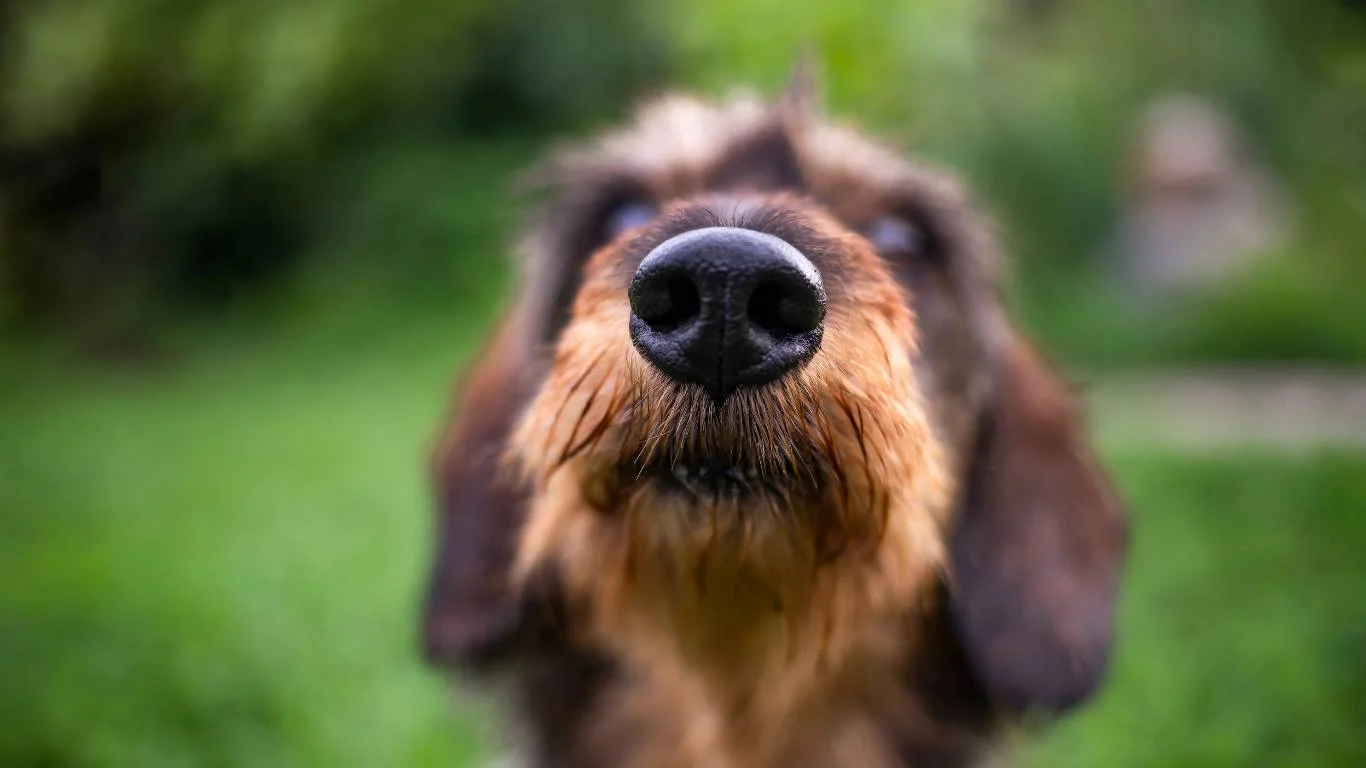
When it comes to treating runny eyes in dogs, your vet will typically perform a thorough eye exam to determine the cause. Depending on the diagnosis, the following treatments may be suggested:
1. Eye Drops and Medications
If the cause of your dog’s runny eyes is an infection or inflammation, your vet will likely prescribe eye drops or oral medications. These help to clear up any infection and reduce irritation. Some dogs also need special lubricating eye drops if they suffer from dry eyes, which can result in excess tearing.
It’s important to follow your vet’s instructions carefully when administering medication. I’ve had several clients whose dogs made a speedy recovery just by sticking to a consistent treatment schedule.
2. Tear Duct Flush
For dogs with blocked tear ducts, a simple and painless procedure called a tear duct flush can be done. This involves flushing the tear ducts with a saline solution to clear out any blockages. It’s a quick process that can help restore proper tear drainage.
3. Surgery (in Severe Cases)
In rare cases, dogs may need surgery to correct an issue like chronic tear duct blockages or to remove an eye if the damage is too severe. Fortunately, these cases are not common, and most dogs can be treated with non-invasive methods.
How to Prevent Runny Eyes in Dogs
If your dog has a history of runny eyes, prevention is key to keeping things under control. I’ve learned from working with so many pet parents that taking proactive steps can make a big difference.
1. Regular Grooming
Keep your dog’s facial fur trimmed to prevent hair from irritating their eyes. Breeds with long or thick fur around the eyes are more prone to this issue. Regular grooming helps to reduce debris and allergens from building up in the area.
2. Keep the Environment Clean
Whether it’s cleaning your home or managing the outdoor environment, try to minimize exposure to allergens that can trigger eye irritation. Consider using air purifiers indoors and regularly vacuuming to reduce dust and pet dander. I can’t stress enough how much of a difference a clean home makes for dogs with sensitive eyes!
3. Diet and Supplements
Since food allergies can cause or worsen eye issues, ensure your dog is eating a balanced, high-quality diet. If your dog is prone to allergies, a hypoallergenic diet may be helpful. I’ve personally seen the positive impact a clean diet can have on dogs who suffer from chronic tearing. Additionally, adding omega-3 fatty acids and antioxidant-rich supplements can help support eye health.
4. Protect from Harsh Chemicals
Avoid exposing your dog to strong cleaning chemicals, smoke, or other irritants that could trigger eye problems. This is especially important for pets with respiratory sensitivities or those who have existing eye conditions.
When to Be Concerned About Your Dog’s Runny Eyes

While runny eyes are usually nothing to worry about, there are instances when they could signal a more serious issue. Keep an eye out for the following red flags:
- Persistent or worsening symptoms: If your dog’s eyes have been running for weeks and nothing seems to improve, it’s time to visit the vet.
- Changes in behavior: If your dog starts becoming more lethargic or irritable, it could be a sign of an underlying infection or pain.
- Visible damage to the eye: If you notice any cuts, scratches, or cloudiness, these need immediate attention to avoid more serious complications like vision loss.
Remember, eye issues should never be ignored. While it’s tempting to wait and see if things improve, early treatment can make a huge difference in your dog’s comfort and health. Plus, your pup’s eyes are one of the most expressive parts of their face—keeping them healthy and bright should be a top priority!
Conclusion
We’ve covered a lot of ground in this article, from common causes of runny eyes to treatment options and prevention tips. The most important takeaway is that a runny eye is often a sign that something else is going on. Whether it’s allergies, an infection, or a breed-specific issue, it’s crucial to pay attention and take action when necessary. Always consult with your vet to ensure your dog’s eye health is in top shape.

Understanding Eye Discharge and What You Can Do About It
At this point, you’ve learned a lot about why your dog’s eyes may be running and how to treat it. But let’s dive a bit deeper into understanding eye discharge, what different types might mean, and how to handle each situation. I’ve seen a lot of dogs with varying degrees of eye discharge over the years, and let me tell you, not all eye discharge is created equal! In fact, the color and consistency of the discharge can tell us a lot about what’s going on inside your dog’s eye. Here’s what I’ve gathered from my experience:
Types of Eye Discharge and What They Mean
As you may have noticed, eye discharge in dogs can vary in both color and consistency. It’s more than just an annoying problem—it’s a clue! Understanding what your dog’s eye discharge looks like can help pinpoint the issue.
1. Clear, Watery Discharge
Clear, watery discharge is often a sign of mild irritation or environmental allergies. I’ve worked with so many dogs who developed this kind of eye discharge due to seasonal pollen, dust, or even a new carpet cleaner! It’s typically not a serious concern, but it’s still something to monitor.
2. Thick, Yellow or Green Discharge
Yellow or green discharge is usually a sign of an infection. Whether it’s bacterial or viral, this kind of discharge is typically accompanied by other symptoms such as squinting, pawing at the eyes, or redness. It’s always best to get a professional opinion from a vet if you spot this, as untreated eye infections can lead to more serious issues, including corneal damage.
3. Thick, Mucoid Discharge
Thick, sticky discharge can often be linked to dry eye (keratoconjunctivitis sicca). Dry eye occurs when a dog’s tear glands don’t produce enough moisture to keep their eyes lubricated. You might notice your dog’s eyes looking a bit crusty or feeling a little too sticky to the touch. Treatment can involve tear replacement drops, and in some cases, surgery.
4. Bloody Discharge
Seeing blood in the discharge is a cause for concern and should never be ignored. Bloody tears can be a sign of trauma, injury, or even more severe conditions like glaucoma or a bleeding disorder. If you notice any sign of blood, you should seek veterinary care immediately.
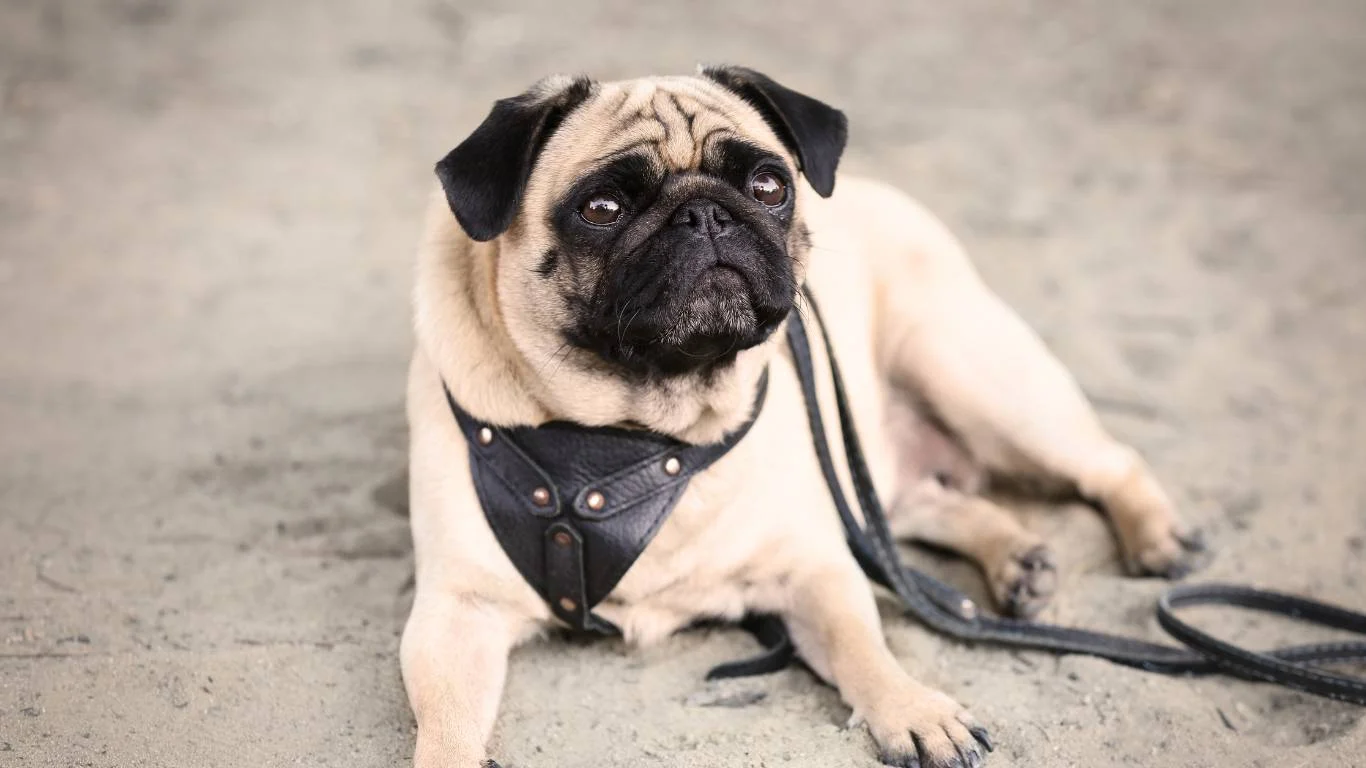
Proactive Steps You Can Take for Ongoing Eye Care
If your dog is prone to eye discharge, there are a few proactive measures you can take to help manage the condition and prevent flare-ups. These simple steps can make a big difference in maintaining your dog’s eye health and comfort:
1. Routine Eye Cleaning
Routine cleaning of your dog’s eyes can be a game-changer. It’s especially helpful if your dog has a breed prone to tear staining or runny eyes. I recommend using a damp cloth (make sure it’s soft to avoid irritation) or specialized pet wipes to gently clean around the eyes. This can help remove dirt, debris, and any allergens that might be building up around the eye area.
2. Monitor for Environmental Changes
If your dog’s eyes seem to get worse at certain times of the year, you may want to adjust your living environment. Consider using air purifiers or changing cleaning products if your dog is sensitive to household chemicals. During allergy season, you might want to keep windows closed more often or take your dog out at times when pollen levels are lower. A little extra attention to their surroundings can do wonders!
3. Make Sure Your Dog’s Diet Supports Eye Health
A healthy diet plays a major role in maintaining eye health. Including foods rich in antioxidants like vitamin E, beta-carotene, and omega-3 fatty acids can support your dog’s vision and reduce inflammation. I always recommend high-quality dog food that provides these nutrients. Also, if allergies seem to be a contributing factor, you might want to consider a hypoallergenic food trial to see if that helps clear up the eye issue.
4. Regular Vet Checkups
Annual or bi-annual checkups with your vet are essential, especially for dogs with known eye issues. Regular vet visits ensure that any underlying problems, like blocked tear ducts or eye infections, are caught early and treated before they become a more serious issue.
What to Do If Your Dog’s Runny Eyes Persist
If your dog’s eyes continue to run or the issue doesn’t seem to improve, it’s time to look at the bigger picture. In my experience, persistent watery eyes can sometimes be the result of chronic conditions, like dry eye or a genetic predisposition to tear duct issues. If at-home remedies aren’t working, your vet may need to run diagnostic tests, including:
- Fluorescein stain test: This is a quick test to see if there is any damage to the cornea or if the tear ducts are functioning properly.
- Cytology or culture: If there’s a chance of infection, your vet may take a sample of the discharge to determine the presence of bacteria or fungi.
- Schirmer tear test: This test measures the amount of moisture your dog’s eyes produce and can help diagnose dry eye.
After a diagnosis, your vet will be able to guide you through the best treatment options, whether it’s medication, surgical intervention, or ongoing management. It’s always better to be proactive and get a thorough evaluation if you’re unsure about your dog’s condition.
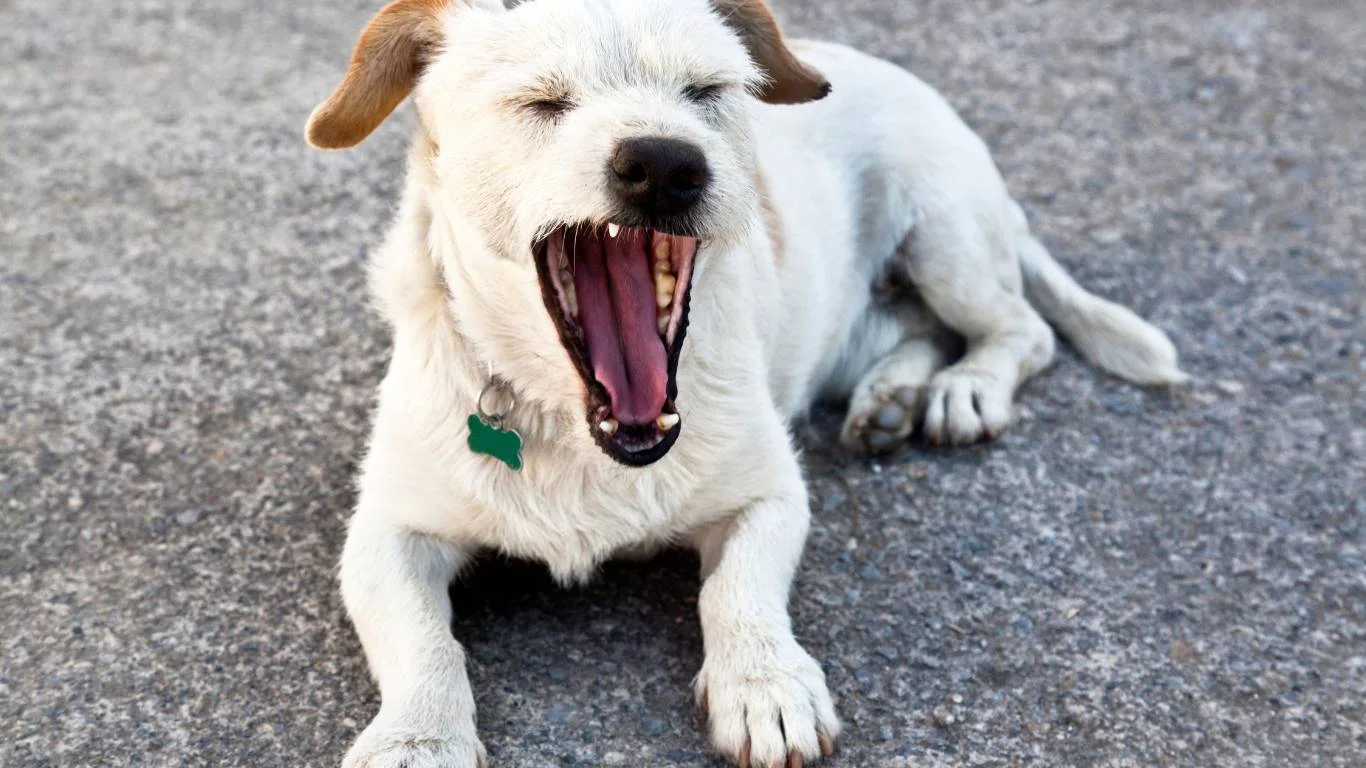
References & Disclaimer
For more information on caring for your dog’s eyes, check out our Pet Care Resources. These resources are designed to help you make informed decisions about your pet’s health and well-being.
Disclaimer: The information provided in this article is for educational purposes only and is not a substitute for professional veterinary advice, diagnosis, or treatment. Always consult with your veterinarian regarding any medical concerns about your pet.




